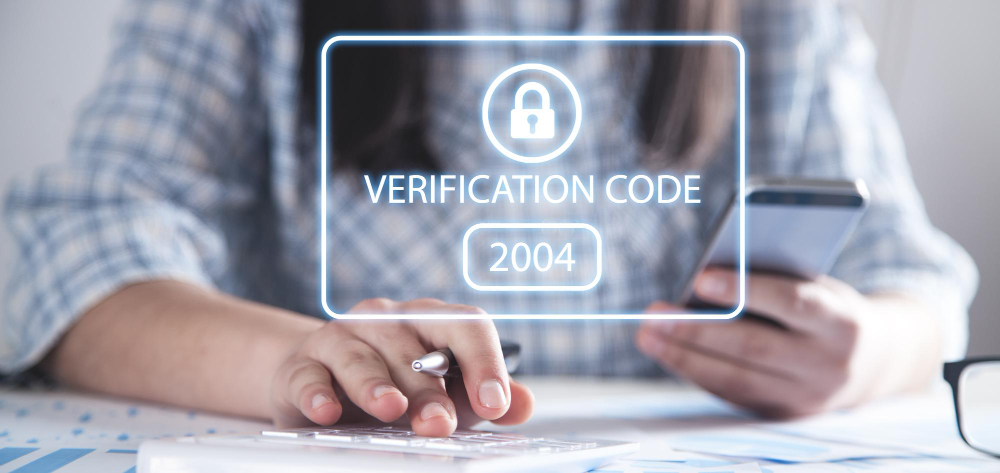In this day and age, securing access to sensitive data is of paramount importance. Traditional password authentication has proven vulnerable to attacks, necessitating a more robust solution.
Therefore, certificate-based authentication offers a strong alternative, utilizing digital certificates to verify user and device identities. This method provides better security, efficient access, and greater trust in digital interactions, making it an essential component of modern cybersecurity strategies.
This blog post will cover everything from the intricacies of based authentication to its role in securing access in the digital age.
What is Certificate-Based Authentication?

Certificate-based authentication (CBA) is a secure way to confirm a person’s identity when they try to access a system, website, or service. Instead of using traditional methods like passwords, CBA uses digital certificates. Think of a certificate like a digital identity card that explains and proves who you are.
How Does Certificate-Based Authentication Work?
Here is a simple step-by-step explanation:
Getting a Certificate
- A trusted organization called a Certificate Authority (CA) provides you or your device with a digital certificate.
- This certificate contains your name, public key (unique code), and the CA that issued it.
Storing the Certificate
- Certificates are usually stored on a computer, phone, or secure device such as a smart card or USB token.
Attempting to Access the System
- When you try to log in to a system, website, or service that uses CBA, the system will ask for your digital certificate instead of a password.
Proving Your Identity
- The system checks the certificate to ensure it is valid and comes from a trusted CA.
- You prove that you are the rightful owner of the certificate by using a private key (a secret code linked to the public key in the certificate). This private key is never shared and stays safe with you.
Giving Access
- The system will grant you access if everything matches and the certificate is genuine. Otherwise, access will be denied.
CBAs are commonly used in workplaces, government systems, and financial institutions because they are more secure than passwords and work well for sensitive information.
Types of Certificate-Based Authentication

Client certificate authentication
This type of authentication is about verifying the user (or device) trying to access the system.
- How it works: The client (you or your device) sends a digital certificate to the server to prove its identity.
- Where it is used: Often seen in secure enterprise environments to ensure only authorized users or devices can connect to internal systems.
Server certificate authentication
This type focuses on verifying the identity of the server you are connecting to.
- How it works: When you visit a website, your browser checks the server certificate to confirm it is valid and issued by a trusted authority.
- Where it’s used: Ensures you’re connecting to a real server, not a fake one, commonly seen on HTTPS websites.
Mutual TLS authentication
This method ensures that the client and server verify each other’s identity.
- How it works: Both parties exchange and validate certificates, creating a secure and trust-based connection.
- Where it is used: In highly secure environments such as financial transactions or the exchange of sensitive data.
Smart card authentication
This type uses a physical card with an embedded chip that stores the certificate.
- How it works: You insert the smart card into the reader and may need to enter a PIN to verify yourself. The card certificate is then sent to the system for authentication.
- Where it is used: Commonly used in government offices and workplaces that require physical security tokens.
SSH certificate authentication
Used for secure connections to remote servers, such as when managing servers.
- How it works: The server verifies the certificate when you try to log in via SSH (secure protocol). This replaces or complements the use of SSH keys.
- Where it is used: Developers, system administrators, and IT teams often use this to access remote systems securely.
Email certificate authentication
This ensures that the emails you send or receive are genuine and have not been altered.
- How it works: The sender attaches their digital certificate to the email so the recipient can verify their identity and ensure the email content has not been altered.
- Where it’s used: Secure email communication in business and government.
DNS-based authentication of named entities (DANE)
This method secures internet connections by binding certificates to DNS records.
- How it works: Certificates are stored in the DNS (Domain Name System) using DNSSEC (a secure extension). This ensures the certificate matches the domain you are connecting to.
- Where it is used: To prevent man-in-the-middle attacks and ensure secure connections to websites and services.
Certificate-Based Authentication Benefits
Simplifies the authentication process
Certificate-based authentication eliminates the need to remember complex passwords. Once your certificate is set up, logging in is a breeze-just present your certificate, and you’re in. This saves time and reduces frustration, especially in environments with strict security requirements.
Password attacks like brute force and rainbow table are no longer a threat
Attacks such as brute force (guessing passwords repeatedly) or rainbow tables (precomputed password hashes) rely on weak or stolen passwords. Since CBA doesn’t use passwords, these threats become irrelevant, significantly increasing your security.
Extensible to external users
CBA can be extended to users outside your organization, such as partners or contractors. You can provide certificates to them, allowing secure access without creating traditional accounts or sharing sensitive credentials.
Implements better access controls and the principle of least privilege
Certificates can be customized to give users only the necessary access, following the principle of least privilege. This minimizes risk by ensuring users can only access the resources needed, reducing potential misuse.
Greater security
Certificates are much harder to steal or forge than passwords. Certificates also rely on encryption, making them a more secure way to authenticate users, especially for sensitive systems or data. This extra layer of protection reduces vulnerabilities and strengthens your overall security.
Pros and Cons of Certificate-Based Authentication

Pros
- Enhanced security: Certificates are more complex to guess than passwords, thus protecting against common attacks like phishing or brute force.
- No Passwords Required: Eliminates the hassle of remembering passwords.
- Seamless User Experience: Logging in is quick and easy once set up.
- Scalability: Easily support a large user base, including external users such as contractors or partners.
- Supports Advanced Access Control: Certificates can be customized for specific roles and permissions.
Cons
- Initial Setup Complexity: Implementing a certificate-based system requires time, technical expertise, and investment in infrastructure.
- Cost: Managing and maintaining certificate authorities (CAs) is expensive.
- Certificate Loss: If a certificate is lost or damaged, it must be revoked and reissued, potentially causing delays.
- Device Dependency: Certificates are often tied to specific devices, limiting access if those devices are not available.
- Ongoing Management: Regular certificate renewal and monitoring is essential to avoid lapses in security.
Frequently Asked Questions
What is an example of a certificate of authentication?
An example is the SSL/TLS certificate used by websites. When you visit a secure website (for example, https://example.com), your browser will check the site’s certificate to confirm that the site is legitimate and issued by a trusted authority.
What is the difference between a token and a certificate?
Tokens are time-sensitive temporary credentials used for authentication, which are typically issued upon login. At the same time, a certificate is a long-term encrypted digital document issued by a trusted authority that verifies identity and is used for continuous authentication.
Are certificates more secure than passwords?
Yes, certificates are much more secure. Certificates rely on encryption and private keys, making them difficult to steal or forge. Unlike passwords, certificates are not vulnerable to predictable or easily shared attacks.
Conclusion
Certificate-based authentication offers a secure way to verify identity, making it the preferred choice for organizations that handle sensitive data or require high access control.
While there are some challenges to setup and maintenance, the benefits, such as enhanced security, passwordless convenience, and scalability, make it a worthwhile investment for long-term security and efficiency.
